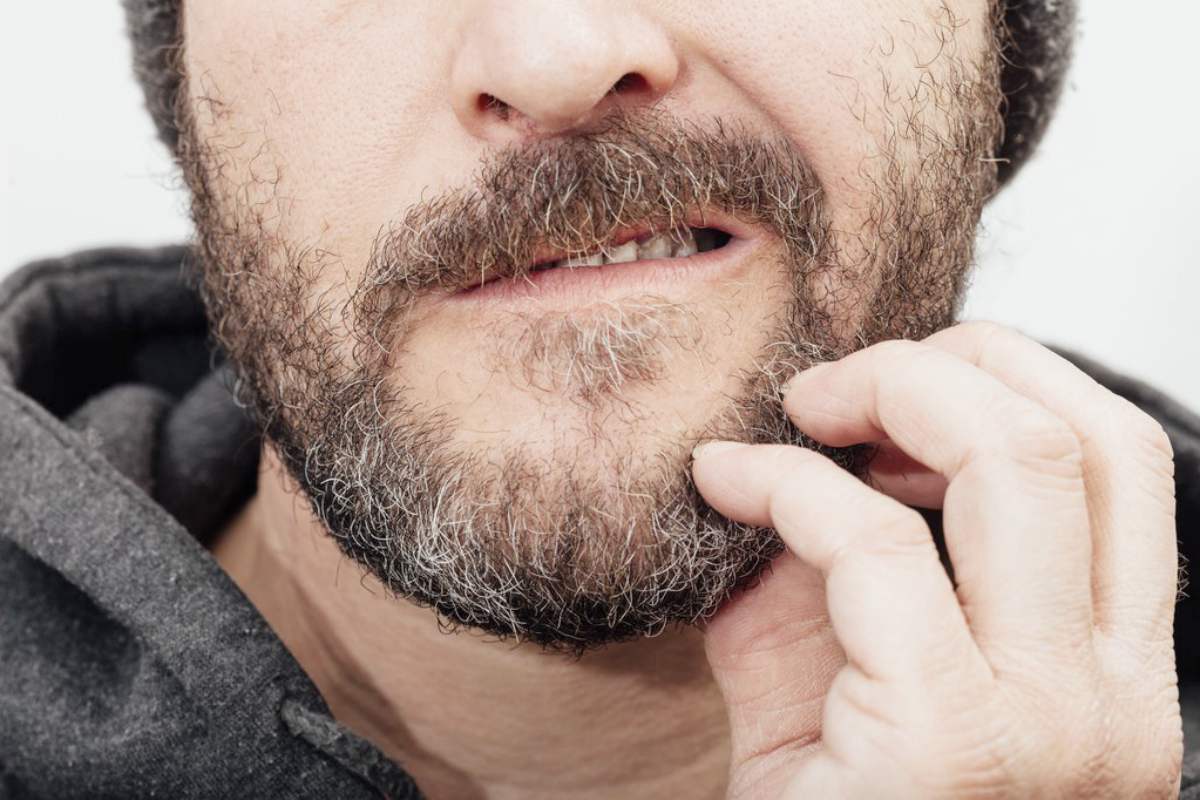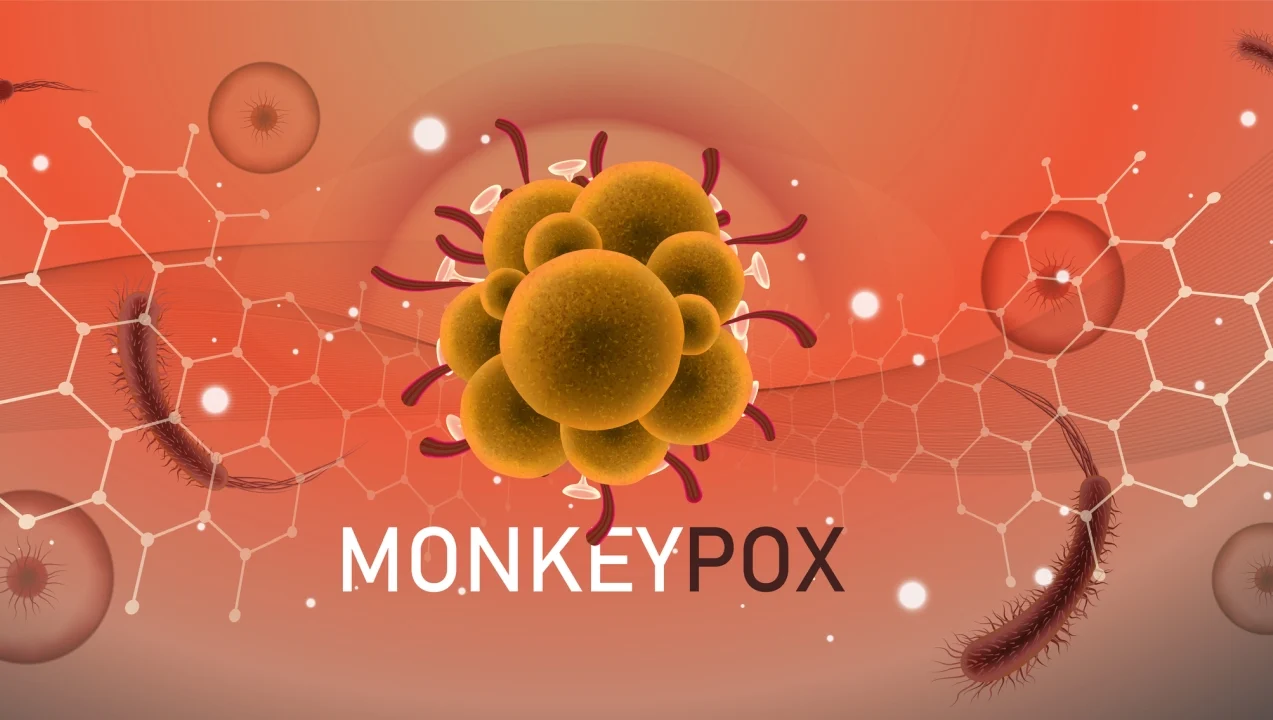What may be causing your itchy beard?
It could be from dry skin, bacteria or ingrown hairs.

KATHMANDU: Your partner doesn’t mind not seeing a good portion of your handsome face. (Thankfully, that rugged, mature look is appreciated.) They don’t even complain it’s scratchy. Their objection? It’s that your full beard, at times, seems a bit (ahem) … unsanitary.
Valid complaint? Maybe.
But you may also be dealing with an itchy beard. So, what do you do?
Dermatologist Alok Vij, MD, says a little facial hair know-how is necessary to keep things hygienic and itch-free.
“There’s not too many people who have an irritation ― contact dermatitis ― from food being in contact with their skin,” Dr. Vij says. “I think people wash their beards enough to get pieces of food out of their beard.”
But he also says real issues can arise in the non-clean shaven leading to a beard rash.
“Skin cells shed at a rapid and alarming pace,” Dr. Vij explains. “Whenever dead skin cells and oil from the skin combine with moisture, bacteria, yeast and every other microorganism you think of, they can hide, grow and proliferate ― and try to take over their little world.”
Why does my beard itch?
Dr. Vij outlines common reasons why your beard may be itchy and how to treat those conditions.
Dry skin
Cold weather or dry conditions outside can cause your skin to be dry, a condition known as xerosis. Other factors that can contribute to dry skin can include certain medications and certain shampoos and soaps. Psoriasis and eczema, common skin conditions, may also lead to dry skin and itching.
If you’re dealing with dry skin Dr. Vij recommends working a face moisturizer into your beard and the irritated skin under it. Oil-based moisturizers typically hold more moisturize than water-based versions.
Ingrown hair
If you’ve recently shaved or cut down your beard, you may experience ingrown hairs. This happens when the hair grows back into its follicle leading to inflammation. While this can happen to any hair type, those with curly hair are more prone to ingrown hairs.
To help get rid of those red, itchy bumps, Dr. Vij suggests washing the area with a mild cleanser or even an exfoliating cleanser to remove dead skin cells. In the future, you want to use a clean razor blade and use shaving cream to help protect your skin.
“Shaving hygiene is a critical component of facial skin care,” explains Dr. Vij. “It’s important to use warm water to soften facial hair prior to shaving — think about a warm, wet clean washcloth or a warm shower. Use a hydrating shaving cream or gel to lubricate your face and a clean, fresh razor blade.”
And you want to make sure you store your razor blade outside of the shower so it can completely dry between uses. Also, don’t forget to change your razor blade regularly. Dr. Vij says a month is good for those who are frequent shavers, while those who shave less often can stretch how long they go before changing their razor blade.
“Several companies now sell specialized razors for those with a tendency to develop ingrown hairs,” he adds.
Seborrheic dermatitis
If you have a tendency to get dandruff (seborrheic dermatitis) on your scalp, you’re likely to also get that same type of scaling and itchiness in your beard area, Dr. Vij says. It’s caused by the yeast pityrosporum, which lives everywhere.
Why isn’t everyone affected? It just depends on your skin, the quantity of yeast, your immune system and how your immune system reacts to yeast.
“If you start to get red, scaly and itchy, over-the-counter anti-dandruff shampoos can be helpful to get rid of it,” Dr. Vij suggests.
Staph infections
The bacteria that causes a staph infection, staphylococcus aureus, live on most people’s skins in various locations.
“When you have a beard, with humidity and skin flaking, the conditions are ripe that staph can grow into the area,” Dr. Vij says.
In areas where your beard is longer, this can cause folliculitis, as the staph thrives and causes added inflammation. Treat by washing well with shampoo, and using anti-itch cream, if desired. Severe cases may require an antibiotic.
Sycosis barbae
You can also get a chronic infection that spreads from person to person in your beard area.
“If you go get a beard trim at a salon or barber shop and they don’t completely sanitize their razor, you can get sycosis barbae,” Dr. Vij states. “It’s basically like a chronic bacterial or fungal infection of the beard area where the germs dive down deep into the hair follicle. It’s not just on the skin.”
Typically, washing with shampoo or anti-acne wash and applying an anti-fungal cream is all that’s needed, he continues. But more severe cases may require an oral antibiotic or an oral anti-acne medication.
Lice
Yes. Lice. Particularly, pubic lice if you have curly beard hair.
“Standard run-of-the-mill lice go for straight hair,” Dr. Vij explains. “But if you have curly hair in your beard, you’re more likely to get pubic lice (or crabs) on your beard area.”
Lice in your beard look the same as in your hair, he notes. You’ll see nits or get an irritation from the eggs.
“Either use an over-the-counter anti-lice medication or shave your beard off and regrow it,” he advises.
Prevent potential problems with proper care
Need tips on how to stop beard itch (and keep any complaints from your significant other at bay)? An ounce of prevention is worth a pound of cure, Dr. Vij says.
That means you want to bathe or shower at least once a day or every other day. And for those times you don’t bathe, you want to make sure you wash your beard with warm water.
“Use a good shampoo to clean the area,” he recommends. “And really scrub down on your skin to make sure the suds are cleaning that area to clear the extra bacteria as well as the extra skin cells that are floating around.”
-Health Essentials









